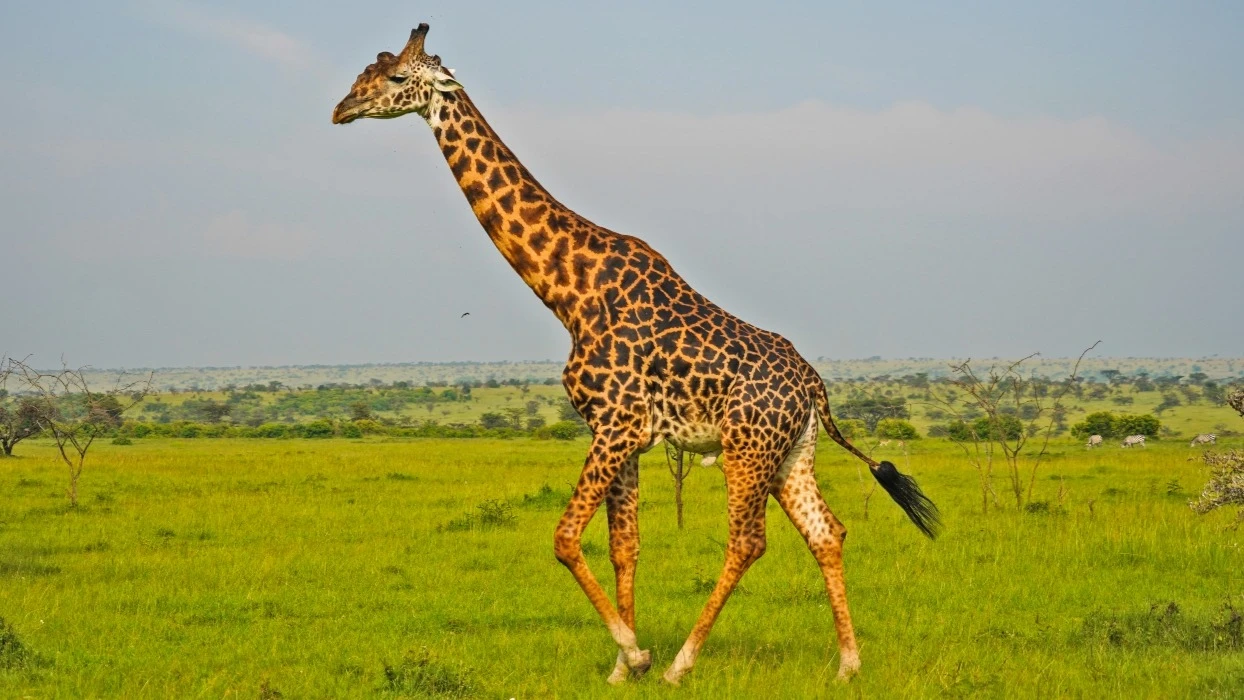New research supports hypothesis of four species of giraffe, not one

THE elegant giraffe of Africa’s savannas are vanishing fast due to the climate crisis, habitat loss and poaching and need to be saved before they become extinct forever. A new research paper urges reclassifying the taxonomy of the animal, which can spur more targeted conservation measures.
The International Union for the Conservation of Nature currently recognises just one species of giraffe, divided in nine subspecies.
However, multiple studies over the past 50 years have highlighted the distinctness between different types of giraffe in terms of pelage pattern, cranial and postcranial morphology, genetics, ecology, and behaviour.
A new study, titled Heads up–Four Giraffa species have distinct cranial morphology has now added to the growing evidence for this hypothesis.
The researchers assembled the largest known dataset of Giraffa skulls (515) to investigate patterns of cranial variability using 3D geometric morphometrics.
The results showed distinct sexual dimorphism and differences in skull shape between what the researchers say are not one but four species of giraffe: the northern giraffe (Giraffa camelopardalis), reticulated giraffe (G. reticulata), Masai giraffe (G. tippelskirchi), and southern giraffe (G. giraffa).
“Regardless of the official taxonomic status of the giraffe lineages, conservation efforts should be focused on distinct forms, avoiding admixtures and translocations between non-related populations. Based on the current results and the consideration of the ossicones as a key trait of the giraffe anatomy and behaviour, it is suggested that conservation effort focus on the four distinct species of giraffe, and in some cases even on their subspecies,” the researchers wrote.
In November last year, the US Fish and Wildlife Service proposed to list giraffe under the US Endangered Species Act. The move will cover five subspecies of the animal.
“Our results highlight the importance of focusing future giraffe conservation efforts on each taxon to maintain their unique characteristics and biodiversity in the wild,” the researchers stated in the study, published in the journal PLoS ONE.
Top Headlines
© 2025 IPPMEDIA.COM. ALL RIGHTS RESERVED

























